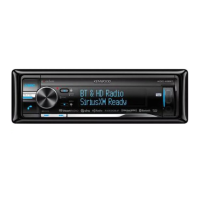
Do you have a question about the Kenwood KDC-X997 and is the answer not in the manual?
| Brand | Kenwood |
|---|---|
| Model | KDC-X997 |
| Category | Car Receiver |
| Language | English |
Precautions to prevent injuries or fire.
Safety precautions for operation, volume, and cleaning.
Initial setup, including canceling Demonstration mode.
Instructions for cleaning unit connectors and handling condensation.
Procedure for resetting the unit and important usage notes.
Information on radiation exposure, FCC, and Industry Canada compliance.
Detailed technical specs for tuner, digital FM/AM tuners, and CD player.
Steps to cancel the unit's initial Demonstration mode.
Instructions for safely removing and reattaching the unit's detachable faceplate.
Basic operations for turning the unit on/off and selecting audio sources.
Controls for volume, connecting USB devices, and auxiliary audio input.
Connecting and playing music from an iPod or iPhone via USB.
Operations for selecting, pausing, playing, and removing iPod music.
Methods for searching music by title, artist, album, genre, and composer.
Connecting Android/BlackBerry and iPhone/iPod for Pandora playback.
Connecting Android and iPhone/iPod for Aha Radio playback.
Connecting Android and iPhone/iPod for iHeartRADIO playback.
Playing music from CDs and USB devices, including file folders.
Operations for selecting files, pausing, and removing discs/USB devices.
Methods for searching music by title, artist, album, genre, and composer.
Details on playable audio file formats, disc media, and USB device compatibility.
Selecting the tuner source (FM/AM) and stations using tuning controls.
Choosing between automatic (Auto1/Auto2) and manual station seeking.
Managing mixed preset lists across different bands and tuner sources.
Setting seek mode, MONO reception, and traffic information (TI).
Selecting HD Radio sources, bands, stations, and seek modes.
Managing mixed preset lists across different bands and tuner sources.
Storing song information tags and sending them to an iPod for iTunes Store lookup.
Setting seek mode, tune start, signal level, and tag memory for SiriusXM.
Choosing between different display layouts like Type A, B, C, D, and E.
Selecting the illumination color for the display and buttons on the panel.
Configuring display dimming, contrast, scrolling, and illumination brightness.
Steps to set the year, month, and day for the unit's calendar.
Setting source selection, beep sound, language, and other initial preferences.
Steps to register a Bluetooth device, including pairing and potential issues.
Choosing which registered Bluetooth device to connect to for audio or phone use.
How to answer or reject an incoming phone call via Bluetooth hands-free.
Steps to select and call a contact from the phone book.
How to make calls using pre-registered speed dial numbers.
Disconnecting calls, switching to private mode, and adjusting volume during a call.
Procedure for specifying the PIN code required for Bluetooth device registration.
Manual download process for phone book data if automatic download fails.
Customizing auto-answer, auto-reconnect, speaker output, and microphone gain.
Selecting SiriusXM sources, channels, seek modes, and managing presets.
Setting parental lock for specific channels and managing mature content.
Replaying up to 60 minutes of current channel broadcasting.
Setting seek mode, tune start, signal level, and tag memory for SiriusXM.
Registering the ID for the optional remote control unit.
Preparing the remote control, including battery insertion and replacement.
Basic operations for volume, source selection, and playback controls.
Remote control functions for Tuner, HD Radio, and CD/Audio sources.
Common setting errors and their potential causes/solutions.
Common operation or wiring errors and troubleshooting steps.
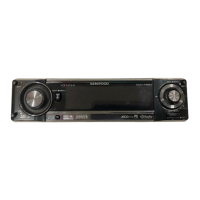
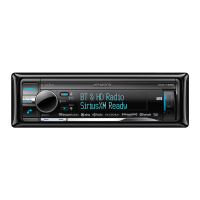
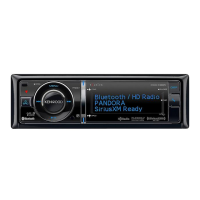
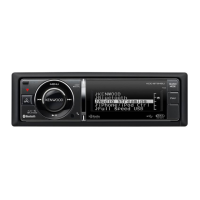
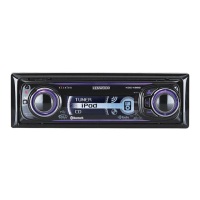

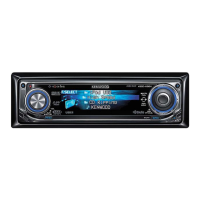



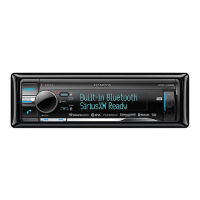
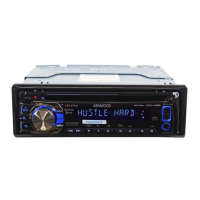
